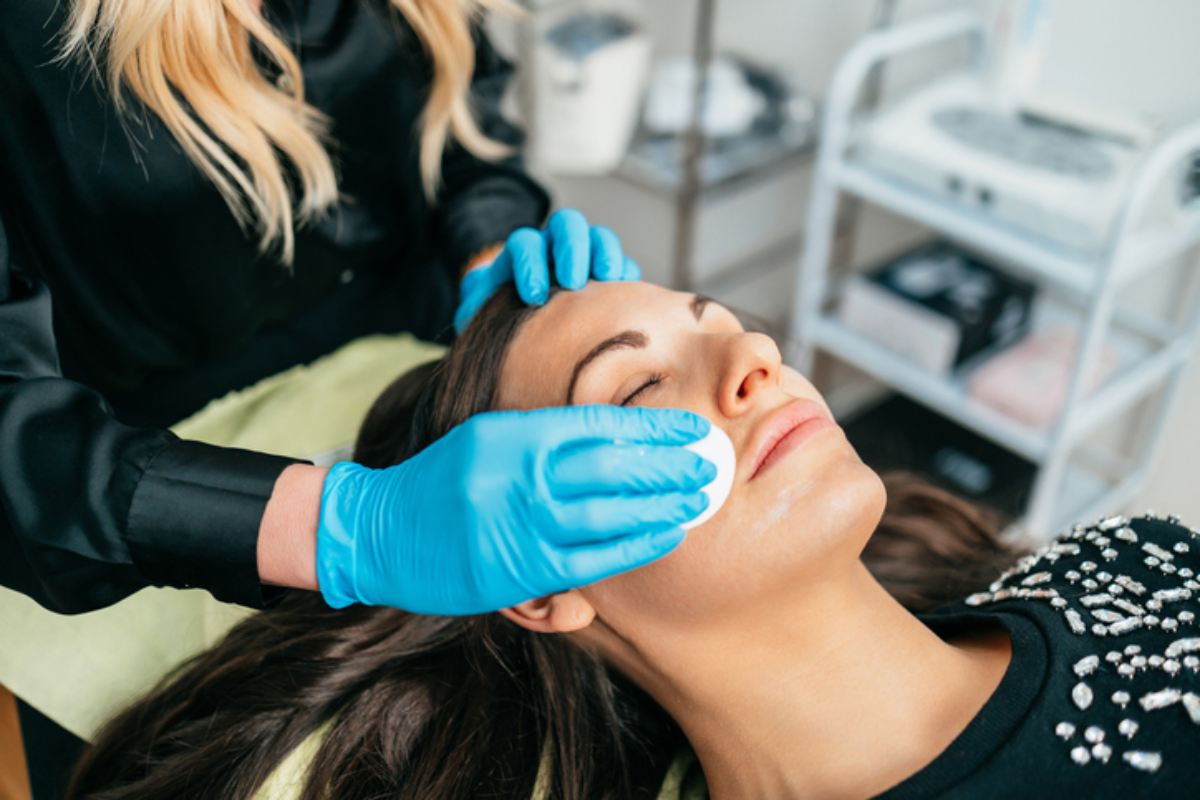Dermal fillers have become a widely sought-after cosmetic treatment for individuals looking to enhance their facial appearance, smooth wrinkles, and restore lost volume. While the results can be remarkable, it’s essential to be aware of potential side effects and take the necessary steps to manage them effectively. Understanding common side effects and implementing strategies to minimize discomfort can ensure a more comfortable and satisfying experience throughout the dermal filler treatment process.
Take the time to delve deeper into the topic of managing the side effects of dermal fillers and provide valuable insights and tips to help individuals navigate this aspect of their aesthetic journey.
Understanding Common Side Effects:
- Swelling: Swelling is a common side effect following dermal filler injections. It occurs as a natural response to the injection and the body’s healing process. Swelling typically subsides within a few days, but it can be more pronounced in certain areas or with specific types of fillers.
- Bruising: Bruising may occur at the injection site due to the disruption of blood vessels during the procedure. While bruising is temporary, it can take several days to a couple of weeks to fade completely. Certain factors, such as blood-thinning medications or pre-existing conditions, can increase the likelihood of bruising.
- Redness and Sensitivity: Some individuals may experience temporary redness and sensitivity at the injection sites. This is a normal reaction to the needle punctures and typically resolves within a few days.
- Lumps or Bumps: Occasionally, dermal fillers can result in small lumps or bumps under the skin. These are usually caused by uneven distribution or accumulation of the filler material. Massaging the area gently can help smooth out these irregularities.
Minimizing Discomfort and Managing Side Effects:
- Choose an Experienced Practitioner: Selecting a skilled and experienced practitioner is crucial in minimizing the risk of side effects. A qualified professional will have a thorough understanding of facial anatomy, proper injection techniques, and the ability to assess individual needs and provide tailored treatments.
- Pre-Treatment Preparations: To reduce the risk of bruising and swelling, it’s advisable to avoid blood-thinning medications, such as aspirin or non-steroidal anti-inflammatory drugs (NSAIDs), for a few days prior to the treatment. However, you should consult with your healthcare provider before stopping any prescribed medication.
- Cold Compresses: Applying cold compresses to the treated areas immediately after the procedure can help reduce swelling and discomfort. Use a clean cloth or an ice pack wrapped in a thin towel and apply it gently for short intervals at a time.
- Arnica Cream or Gel: Arnica cream or gel is known for its anti-inflammatory properties and can help minimize bruising and swelling. Apply a thin layer of arnica to the treated areas as directed by your healthcare provider.
- Avoid Touching or Applying Pressure: Refrain from touching or applying pressure to the treated areas immediately after the procedure. This helps prevent the spread of bacteria and ensures optimal healing. Avoid strenuous activities and exercises that may increase blood flow to the face.
- Follow Post-Treatment Instructions: Carefully follow any post-treatment instructions provided by your practitioner. This may include avoiding certain activities, products, or treatments for a specified period. Follow-up appointments may also be necessary to assess the results and address any concerns.
- Hydration and Sun Protection: Maintaining good hydration and protecting your skin from the sun’s harmful UV rays can promote healing and minimize potential side effects. Drink plenty of water and use a broad-spectrum sunscreen with SPF 30 or higher daily, even on cloudy days.
- Communicate with Your Practitioner: If you experience any unusual or prolonged side effects, discomfort, or concerns, contact your practitioner promptly. They can provide guidance, and reassurance, or recommend appropriate measures to address your specific situation.
Conclusion:
Dermal fillers are a popular cosmetic treatment that can enhance facial appearance and restore youthful contours. While side effects such as swelling, bruising, redness, and lumps may occur, they are usually temporary and manageable. By choosing a qualified practitioner, following pre- and post-treatment instructions, and taking appropriate steps to minimize discomfort, individuals can enjoy the benefits of dermal fillers with minimal side effects. Effective management of side effects and open communication with your healthcare provider will ensure a safe and satisfactory experience throughout the treatment process.

